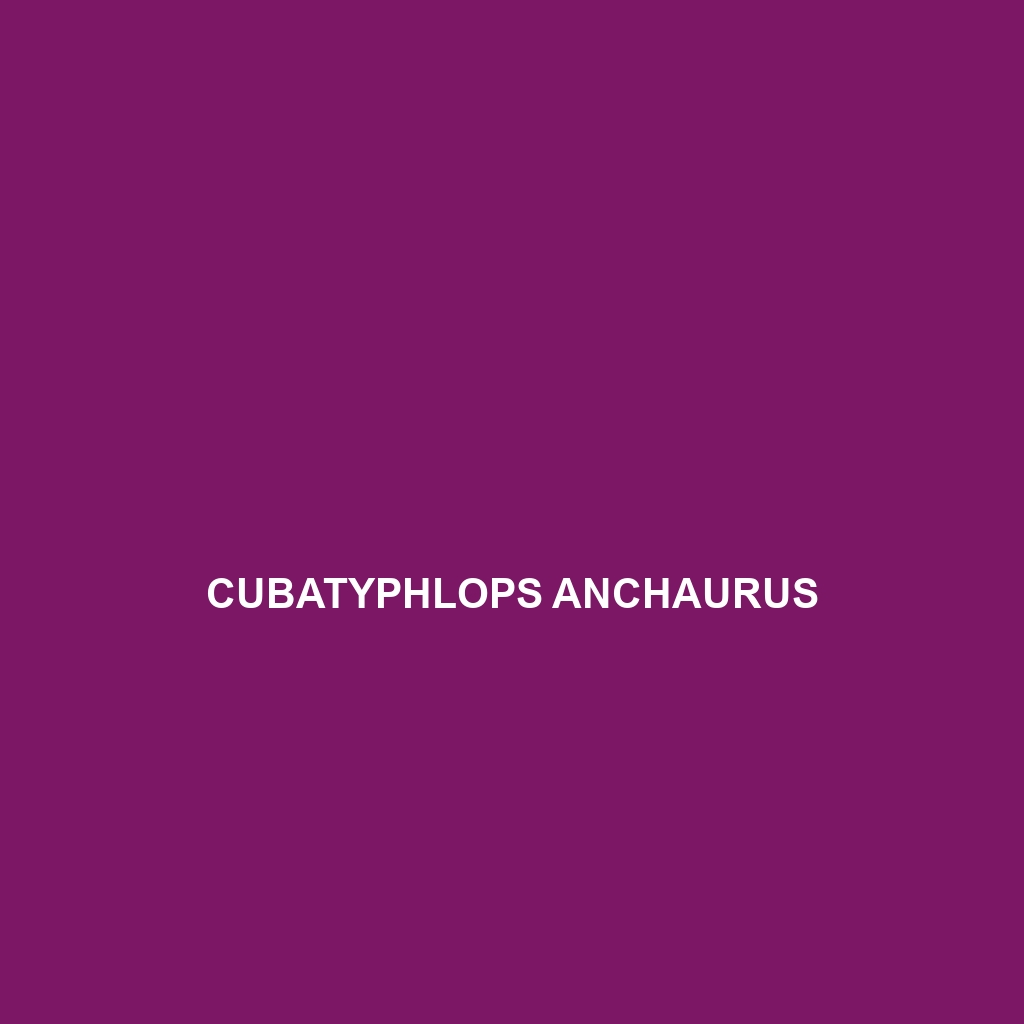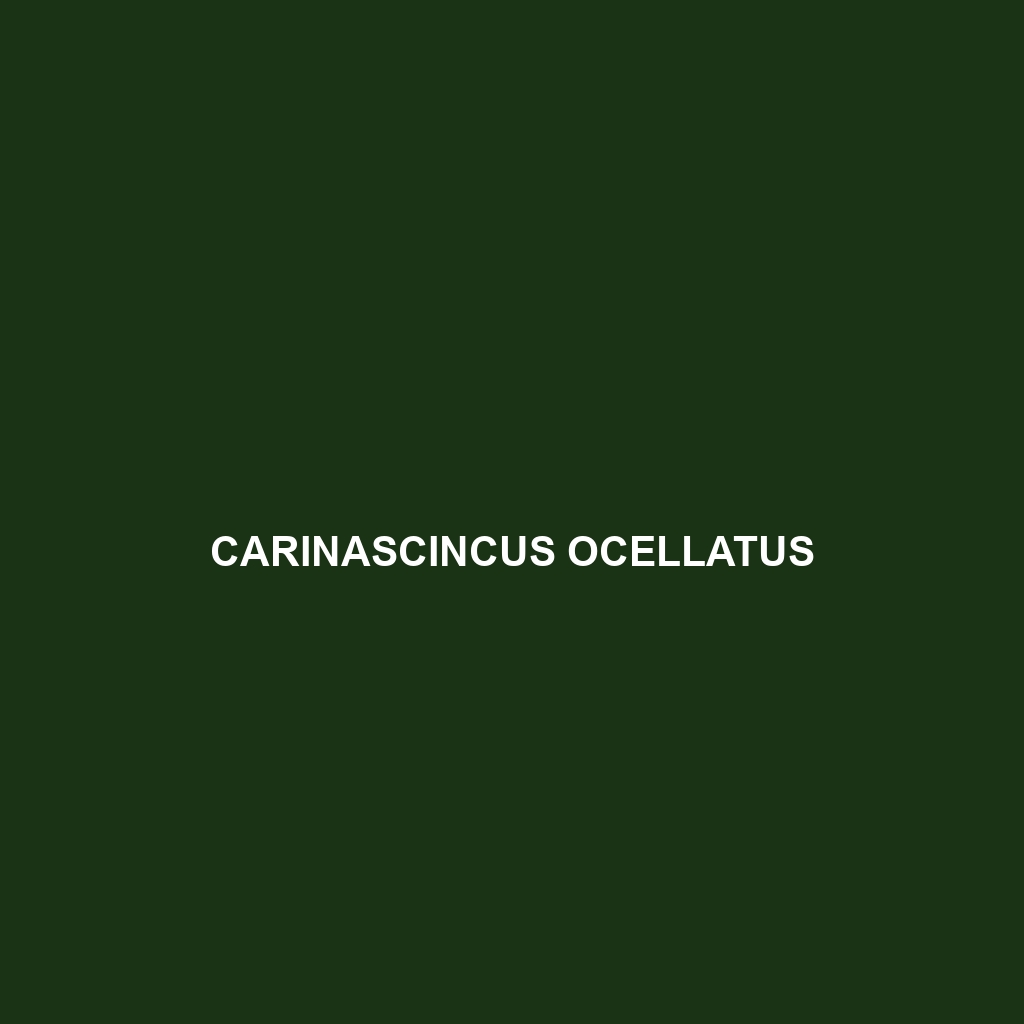Discover the fascinating Ctenotus zebrilla, or zebra skink, known for its striking striped appearance, adaptability to arid Australian habitats, and vital role in controlling insect populations. This agile, diurnal skink thrives in sandy soils, contributing significantly to its ecosystem.
Tag: ecosystem role of skinks
Ctenotus uber
Experience the resilient Uber's Ctenotus (Ctenotus uber), a medium-sized skink native to Australia, thriving in arid habitats with distinctive light brown to grey coloration and darker stripes. This agile, diurnal lizard plays a crucial ecological role by controlling insect populations while showcasing adaptability to temperature fluctuations.
Ctenotus quinkan
Discover the Quinkan skink (Ctenotus quinkan), a medium-sized skink native to Australia's arid northern territories, known for its slender body, sandy brown coloration, and agile behavior. This diurnal species thrives in dry woodlands and shrublands, primarily feeding on small insects while playing a vital role in controlling insect populations within its ecosystem.
Ctenotus duricola
Discover the Ctenotus duricola, or durable ctenotus, a medium-sized skink native to central Australia's arid regions, characterized by its adaptability, distinctive coloration, and diet mainly consisting of insects. This agile reptile plays a crucial role in its ecosystem by regulating insect populations and serving as prey for larger predators.</p>
Cryptoblepharus buchananii
Cryptoblepharus buchananii, commonly known as Buchanan's Skink, is a small, agile lizard native to the coastal regions of Eastern Australia and New Guinea, characterized by its smooth, shiny scales and distinctive dorsal patterns that provide excellent camouflage. This diurnal species primarily feeds on insects and plays a vital role in its ecosystem as a predator and prey, with reproduction occurring during warmer months.
Cryptoblepharus ater
Cryptoblepharus ater, also known as the black skink, is a diurnal species found in Australia's coastal and rocky habitats, measuring 10 to 15 cm with smooth, shiny scales that range from brown to black. This agile insectivore plays a vital role in controlling insect populations while adapting well to both urban and rural environments.</p>
Chalcides boulengeri
Discover the Boulenger's skink (<i>Chalcides boulengeri</i>), a medium-sized lizard native to the arid regions of North Africa, characterized by its smooth, shiny scales, and unique burrowing behavior. This vulnerable species thrives on a diet of small insects and plays a vital role in maintaining the ecological balance of its habitat.
Carlia rostralis
Explore the <i>Carlia rostralis</i>, a small skink native to Australia and New Guinea, known for its striking color pattern, active daytime behavior, and diet primarily consisting of small invertebrates. This agile species plays a vital role in its ecosystem by controlling insect populations and serving as prey for larger predators.
Carinascincus microlepidotus
<p>The <b>Carinascincus microlepidotus</b>, or shiny skink, measures 10 to 15 cm and is known for its smooth, reflective scales and agile nature, thriving in moist habitats of New South Wales and Queensland. This diurnal insectivore plays a vital role in controlling pest populations while exhibiting remarkable camouflage and the ability to regrow its tail if lost.</p>








